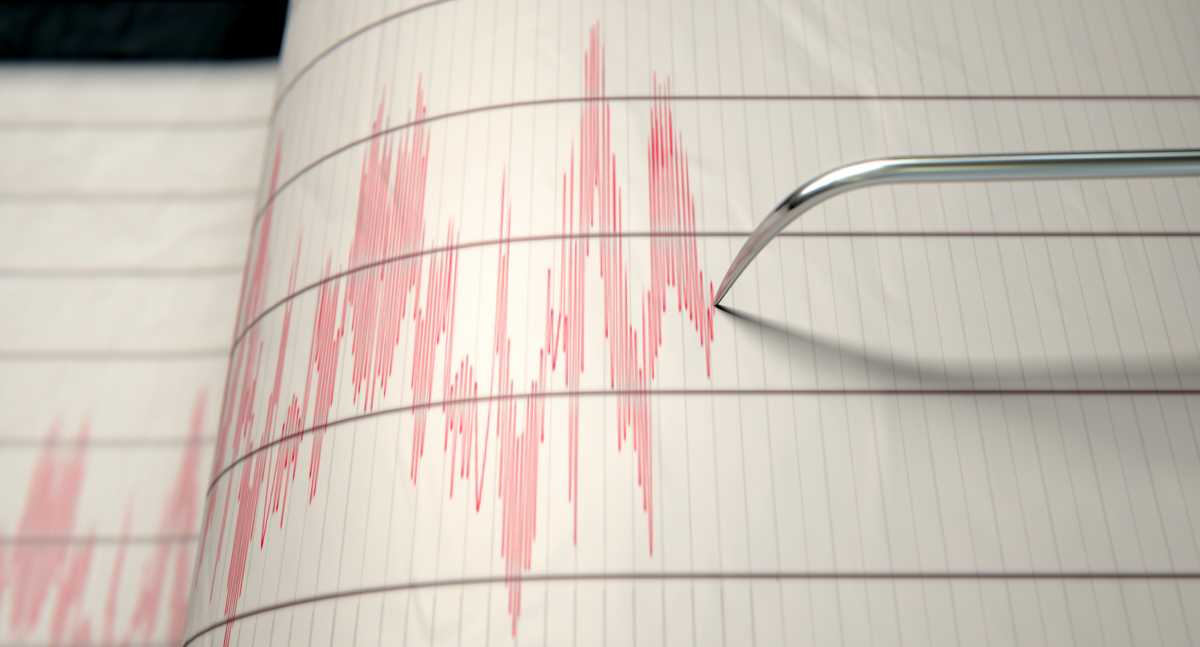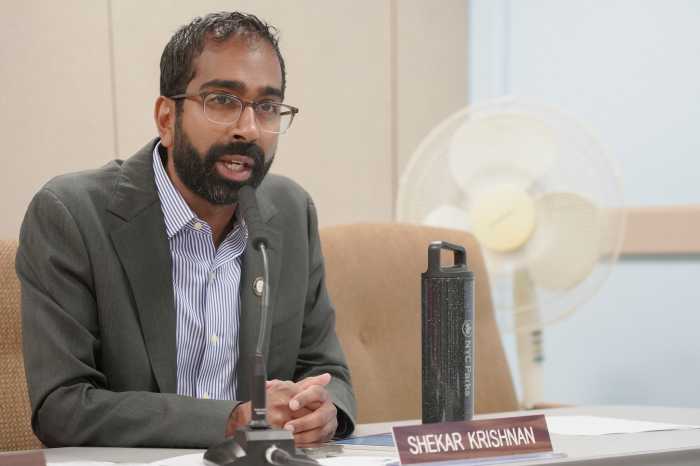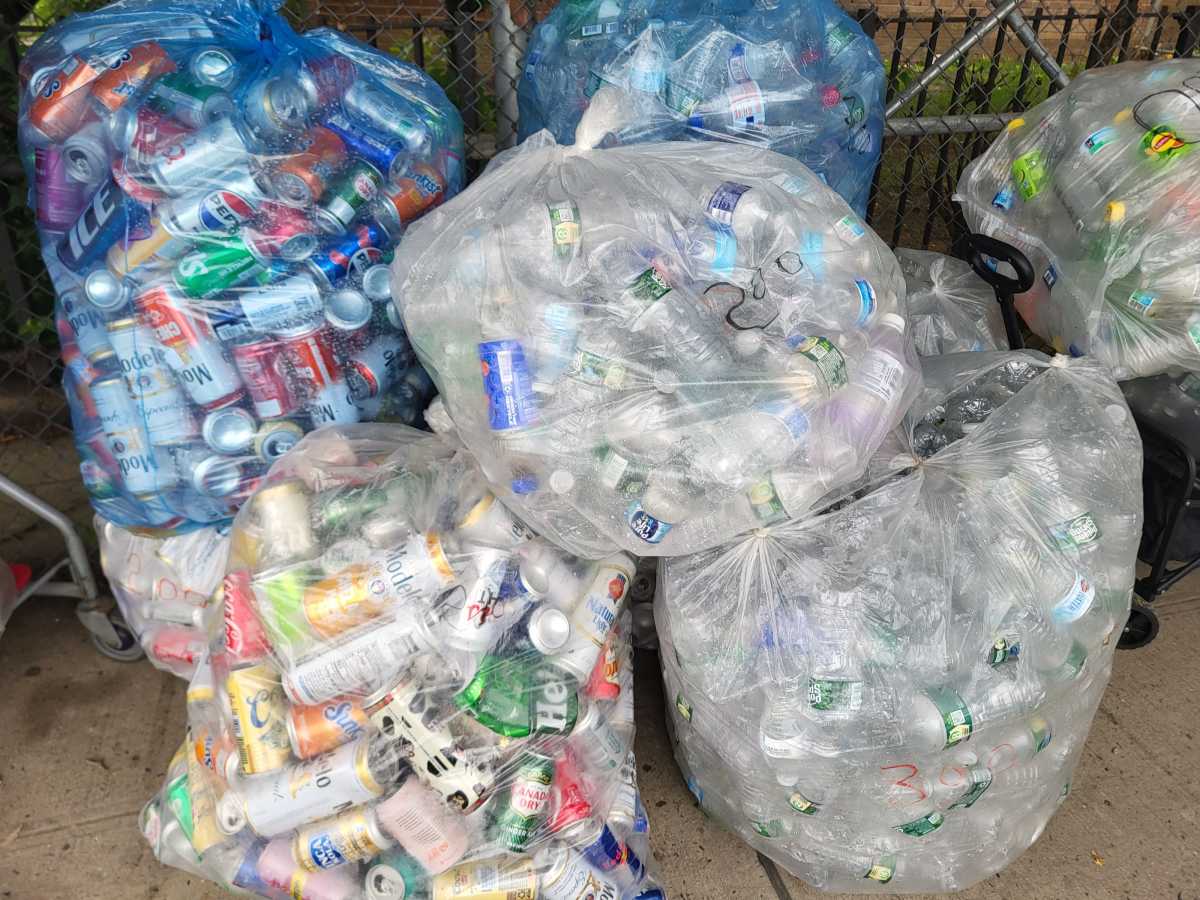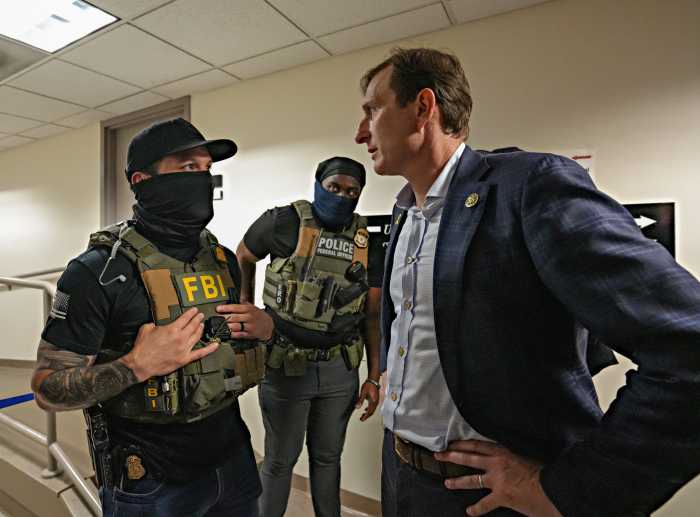A New Jersey earthquake shook and stirred New York City Friday morning, leaving residents rattled by the most powerful tremor to hit the five boroughs in more than a decade.
At around 10:30 a.m. on April 5, a reported 4.8 magnitude earthquake originated 3 miles north of Lebanon, NJ, about 60 miles west of New York City. It could be felt throughout the tri-state area, with some folks reporting continuous shaking for up to 10 seconds.
“A 4.8 magnitude earthquake hit west of Manhattan and has been felt throughout New York. My team is assessing impacts and any damage that may have occurred, and we will update the public throughout the day,” said Governor Kathy Hochul on X, formerly known as Twitter.
“We’re really moving and shaking here in Queens, in more than one way,” Queens Borough President Donovan Richards said on X. “My team and I will be monitoring conditions across the borough today following the earthquake. How are you feeling and what are you seeing in your community?”
Cellphone service was interrupted, most likely due to too many calls going through at once. Alerts went out to most cellphone users about 20 minutes after the tremor hit, as many New Yorkers pointed out on social media. Zach Iscol, Commissioner of New York City Emergency Management, told reporters that Notify NYC getting the message out in 20 minutes is “pretty fast,” with NYPD Commissioner Edward Caban noting an uptick in 911 and 311 around 10:30 a.m. and that has since calmed down to normal levels.
NYC Emergency Management said in a statement on X, “If you are in danger, please dial 911. To report non-emergency issues please call 311. Communicate your status so others know you’re okay. Text messages are more likely to go through when phone lines are busy. Check on your neighbors if safe to do so.”
Mayor Eric Adams reported no major infrastructure damage or injuries related to the earthquake, and also told New Yorkers to drop to the floor and cover backs and necks if there are aftershocks. He advised New Yorkers to “go about their normal day” during a news briefing at the city Office of Emergency Management headquarters in Brooklyn.
“All of us felt in some way or another the earthquake that hit our city around 10:23 a.m.,” Adams said. “As you know this is a developing situation where you’re always concerned about aftershocks after an earthquake.”
Adams said his administration is in touch with the White House, the governor’s office and local elected officials. He also encouraged New Yorkers to check on their loved ones.
“Earthquakes don’t happen every day in New York,” he said. “This can be extremely traumatic the number of texts, calls and inquires people sent out not only to our administration but to family members checking on them, we know how this can impact you.”
Iscol said people should call 311 to report any home damage. MTA CEO Janno Lieber noted that the transit system has continued to operate safely, and inspections of all stations and bridges MTA operates have been conducted.
The city’s public schools are still open. Nathaniel Styer, a Department of Education spokesperson, said on X that the agency’s “building response teams have assembled out of an abundance of caution, & we are working closely with our agency partners, including [the city’s Emergency Management department] to ensure all of our students and staff are safe.”
New York City Schools chancellor David C. Banks told reporters that all students are safe, and there were no reports of injuries/school building damage. Principals have been instructed to continue the school day as normal.
The earthquake happened several hours before the Yankees’ home opener in the Bronx; the game remains on schedule.
Alternate-side parking is still in effect for April 5.
It’s the second time this year that New York City was rattled by an earthquake. In January, a 1.7 tremor hit near Roosevelt Island – knocking out generators there.
The tremor also occurred just three days before the total solar eclipse across North America, during which New York City will see 90% of the sun blocked during the afternoon of Monday, April 8.
As for air travel, the local airports remain in operation but flights on a ground stop in case of aftershocks at JFK and Newark Airports, according to Hochul; both the JFK and Newark AirTrains were suspended in order for crews to check for structural damage.
Hochul also expressed concerns about the potential for aftershocks, and asked New Yorkers to be “particularly vigilant” for any which may occur.
“These are emerging situations,” the governor said at a Friday morning briefing. “It could be over, but also there could be another effect, and we have to be prepared for that.”
The U.S. Geological Survey estimates a 46% chance of aftershocks of a magnitude of 3.0 on the Richter scale or higher following the Lebanon earthquake over the next week — and a 3% chance of aftershocks ranging higher than 5.0. Typically, aftershocks are of a less severity than the original quake.
In the unlikely event of an aftershock stronger than this quake, you are advised to immediately practice the drop-cover-hold on method as outlined by the Centers for Disease Control and Prevention:
- DROP to your hands and knees;
- COVER your head and neck under a sturdy table or desk (if there is no shelter nearby, move toward an interior wall or next to low-lying furniture that won’t fall on you);
- HOLD ON to your shelter (or your head and neck) until the shaking stops, and be prepared to move with your shelter if things shift.
This is a developing story. Check back for updates.






































